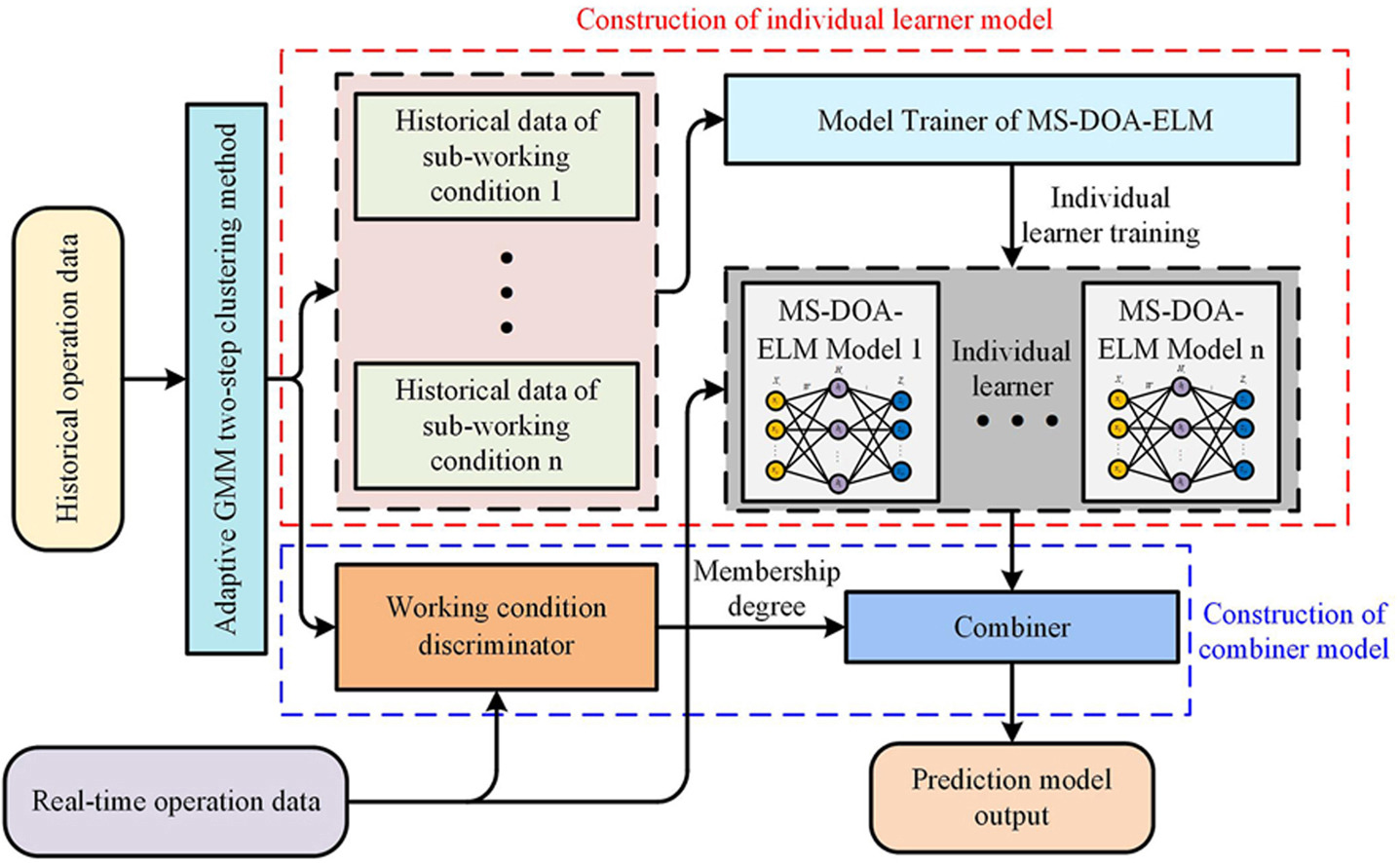-
Volumes 96-107 (2025)
-
Volume 106
-
Volume 105
-
Volume 104
-
Volume 103
Pages 1-314 (August 2025)
-
Volume 102
Pages 1-276 (July 2025)
-
Volume 101
Pages 1-166 (June 2025)
-
Volume 100
Pages 1-256 (May 2025)
-
Volume 99
Pages 1-242 (April 2025)
-
Volume 98
Pages 1-288 (March 2025)
-
Volume 97
Pages 1-256 (February 2025)
-
Volume 96
Pages 1-340 (January 2025)
-
Volume 106
-
Volumes 84-95 (2024)
-
Volume 95
Pages 1-392 (December 2024)
-
Volume 94
Pages 1-400 (November 2024)
-
Volume 93
Pages 1-376 (October 2024)
-
Volume 92
Pages 1-316 (September 2024)
-
Volume 91
Pages 1-378 (August 2024)
-
Volume 90
Pages 1-580 (July 2024)
-
Volume 89
Pages 1-278 (June 2024)
-
Volume 88
Pages 1-350 (May 2024)
-
Volume 87
Pages 1-338 (April 2024)
-
Volume 86
Pages 1-312 (March 2024)
-
Volume 85
Pages 1-334 (February 2024)
-
Volume 84
Pages 1-308 (January 2024)
-
Volume 95
-
Volumes 72-83 (2023)
-
Volume 83
Pages 1-258 (December 2023)
-
Volume 82
Pages 1-204 (November 2023)
-
Volume 81
Pages 1-188 (October 2023)
-
Volume 80
Pages 1-202 (September 2023)
-
Volume 79
Pages 1-172 (August 2023)
-
Volume 78
Pages 1-146 (July 2023)
-
Volume 77
Pages 1-152 (June 2023)
-
Volume 76
Pages 1-176 (May 2023)
-
Volume 75
Pages 1-228 (April 2023)
-
Volume 74
Pages 1-200 (March 2023)
-
Volume 73
Pages 1-138 (February 2023)
-
Volume 72
Pages 1-144 (January 2023)
-
Volume 83
-
Volumes 60-71 (2022)
-
Volume 71
Pages 1-108 (December 2022)
-
Volume 70
Pages 1-106 (November 2022)
-
Volume 69
Pages 1-122 (October 2022)
-
Volume 68
Pages 1-124 (September 2022)
-
Volume 67
Pages 1-102 (August 2022)
-
Volume 66
Pages 1-112 (July 2022)
-
Volume 65
Pages 1-138 (June 2022)
-
Volume 64
Pages 1-186 (May 2022)
-
Volume 63
Pages 1-124 (April 2022)
-
Volume 62
Pages 1-104 (March 2022)
-
Volume 61
Pages 1-120 (February 2022)
-
Volume 60
Pages 1-124 (January 2022)
-
Volume 71
- Volumes 54-59 (2021)
- Volumes 48-53 (2020)
- Volumes 42-47 (2019)
- Volumes 36-41 (2018)
- Volumes 30-35 (2017)
- Volumes 24-29 (2016)
- Volumes 18-23 (2015)
- Volumes 12-17 (2014)
- Volume 11 (2013)
- Volume 10 (2012)
- Volume 9 (2011)
- Volume 8 (2010)
- Volume 7 (2009)
- Volume 6 (2008)
- Volume 5 (2007)
- Volume 4 (2006)
- Volume 3 (2005)
- Volume 2 (2004)
- Volume 1 (2003)
• A prediction method is proposed to improve the accuracy of ELM full condition object modeling.
• A multi strategy improved dingo optimization algorithm (MS-DOA) is given to optimize hyperparameters of model.
• A MS-DOA-ELM model is proposed for the construction of individual learner.
• Case study of NOx prediction in SCR denitrification system validates effectiveness and practicality of the method.
The nitrogen oxides (NOx) emission measurement of selective catalytic reduction (SCR) denitrification system has issues that insufficient live processing and irregular purge readings. Therefore, establishing an accurate NOx concentration prediction model can significantly advance the timeliness and precision of NOx measurement. The study proposes a prediction method based on ensemble learning and extreme learning machine (ELM) optimization to build a NOx concentration prediction model for SCR denitrification system outlet. Firstly, to enhance the modeling precision of ELM for complex feature objects under all working conditions, the ensemble learning framework was introduced and an ensemble learning model based on ELM was designed. Secondly, to alleviate the impact of random initialization of ELM network learning parameters on the stability of modeling performance, the multi strategy improved dingo optimization algorithm (MS-DOA) is given by introducing Tent chaotic mapping, Lévy flight and adaptive t-distribution strategy to ameliorate the initial solution and position update process of population. Finally, the SCR denitrification operating data from 660 MW coal-fired power plant was opted for experimental validation. The findings demonstrate that the established SCR denitrification system outlet NOx concentration prediction model has high modeling accuracy and prediction accuracy, and provides a reliable approach for achieving accurate prediction of boiler NOx emissions.

